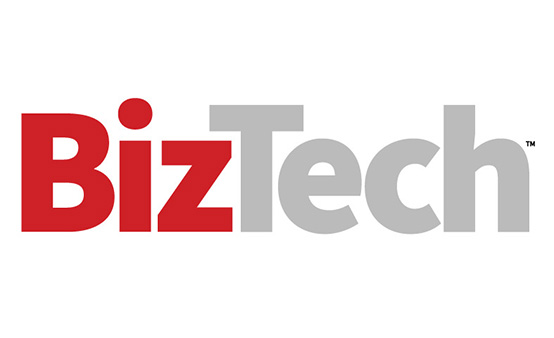Technology is supposed to make work easier for growing businesses. But for many small and medium-sized businesses, unchecked proliferation of overlapping, redundant or underutilized tools can waste money and introduce needless risk.
This is called tool sprawl, and according to Kevin Kline, senior staff technical marketing manager at SolarWinds, it’s less of a technology problem and more of an organizational one.
“I like to think of buying software as like hiring someone to do a job,” Kline says. “When you bring on software in a small business context, you have to think about how it fits into your workflows and governance. Otherwise, you end up with duplicate tools, missed opportunities and a lot of wasted money.”
Click the banner below to keep reading stories from our new publication, BizTech: Small Business.
Getting to the Root of the Problem: People and Processes
Tool sprawl is a common problem for SMBs across every industry, Kline says — from car dealerships and small software development outfits to successful midmarket firms. It typically stems from purchases made in isolation.
“A lot of smaller businesses don’t think in terms of systems or workflows, but they see a need and buy a product to fill that gap,” he says. “The result is redundancy. Maybe you already have a tool that does 90% of what you need, but now you’re paying for another one.”
Such siloed decision-making is further exacerbated by germane workplace events such as staff turnover or the completion of a short-term project. It’s not unusual for a team to sign up for Software as a Service (SaaS) products, use them briefly and then move on. Over time, the list of forgotten subscriptions grows, and so does the bill.
In other cases, employees feel that their needs aren’t met by an existing suite of tools. Perhaps the tools don’t integrate well with one another and require workarounds. Or, maybe the person they typically rely on is overburdened, which can lead to employees “doing it their own way,” Kline says.
“And that's typically why we have shadow IT in the first place,” he adds. “Folks will start to think that IT people are too busy, and they don't know what our needs are anyway.”
Strategies to Rein in Tool Sprawl
Proper governance is the foundation of IT efficiency and is central to reducing purchases made in silos. This approach needs to come from the top down, as it requires the implementation of governance and formal request processes for the procurement of any new tools — even if you’re simply leveraging the company credit card to use a free trial for a short-term project.
“Someone owns IT, someone approves new tools, and there’s a workflow for evaluating, training and supporting those tools.” Kline says. “When you start building those governance processes and think of IT as part of your culture and not just a side function, you’ll repeatedly have good outcomes.”
This top-down organizational structure must be the first guardrail put in place. Once that has been established, SMBs can take a few other key steps:
Leverage Identity and Access Management
IAM is typically viewed from the lens of security, but when centralized, it gives IT complete visibility and control into who has access to what tools based on existing, provisioned identities. It won’t necessarily prevent shadow IT, but it is a viable way to track users across different tools, making it easier to reduce the number of licenses being purchased over time.
DIVE DEEPER: IAM addresses challenges of increasingly complex IT environments.
Audit the Company Credit Card
While it may sound like a blunt method, partnering with the finance department may be a very necessary first step for SMBs in tool sprawl repair mode.
“It’s like those commercials,” Kline says. “You install an app and discover you have 15 subscriptions you didn’t even know you were paying for.” Finance may continue to be a resource for IT in catching undisclosed SaaS subscriptions, but it should not be overly relied upon for stopping tool sprawl.
SUBSCRIBE: Get the latest BizTech content delivered to your inbox every week.
Unify Platforms Where Possible
Tool sprawl, like data fragmentation, often stems from business complexity that is rooted in company growth. One way to simplify this is to focus on understanding and optimizing a single cloud platform and then accessorizing around that as needed. By taking the time to really understand the platform’s capabilities and offerings, IT can get a better sense of what tools are already available. This is especially important for dealing with IT and cybersecurity tool sprawl, which can quickly become an expensive problem.
Ultimately, tool sprawl isn’t just about wasted licenses or shadow IT. Rather, it’s fundamentally about aligning people, processes and technology.
“If I had to boil it down to one sentence, tool sprawl is a people problem,” Kline says. “Solve that, and the technology part gets a whole lot easier.”














